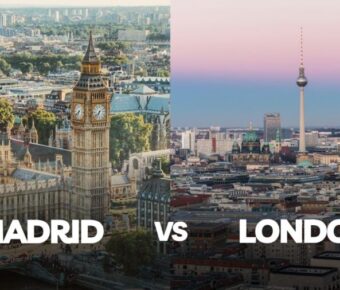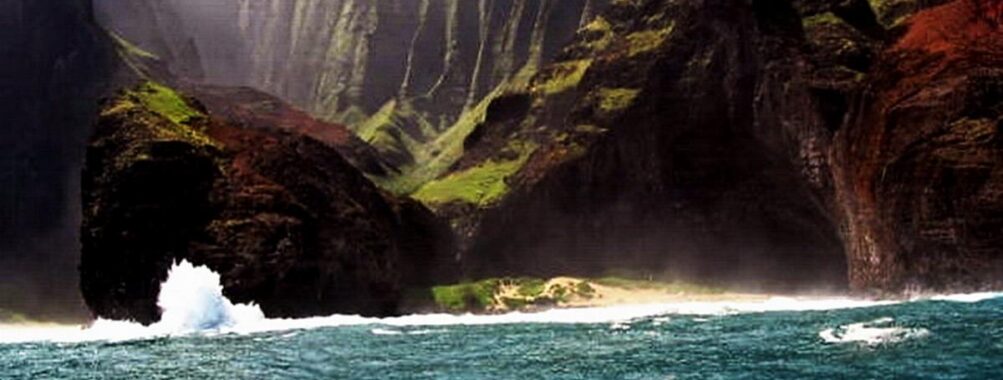
Average Hawaii Trip Cost: Plan Paradise for $2500 in 2025
Planning a trip to Hawaii? You’re in for a treat, but your wallet might need some preparation. A Hawaiian vacation can be a bit pricey, but it’s worth every penny for the stunning beaches, lush landscapes, and unforgettable experiences. The average cost of a week-long Hawaii trip ranges from $2,000 to $2,800 per person. This includes flights, lodging, food, and activities.
Keep in mind that costs can vary a lot based on your travel style. Are you a budget backpacker or looking for a luxury resort stay? Your choices will make a big difference in your final bill. Timing matters too – visiting during peak seasons like summer or holidays can bump up prices.
Don’t let the costs scare you off! There are plenty of ways to save money on your Hawaiian adventure. From choosing less expensive islands to booking in advance, you can make your dream trip happen without breaking the bank. Let’s dive into the details and help you plan an amazing Hawaiian getaway that fits your budget.
Contents
- Key Takeaways
- Understanding Hawaii Travel Costs
- Airfare to Hawaii
- Accommodations in Hawaii
- Transportation on the Islands
- Dining and Food Expenses
- Activity and Excursion Costs
- Budgeting Your Hawaii Trip
- Calculating Total Trip Expense
- Money-Saving Tips
- Seasonal Considerations in Hawaii
- Peak vs Off-Peak Season Pricing
- Exploring the Hawaiian Islands
- Oahu’s Attractions
- Maui’s Charms
- Big Island Adventures
- Kauai’s Natural Wonders
- Practical Advice for Hawaii Travelers
- Renting a Car vs Public Transportation
- Understanding Hawaii Tourism Authority Resources
- More Travel Guides
Key Takeaways
- Hawaii trip costs vary widely based on travel style and season
- Budget-friendly options exist for accommodations, dining, and activities
- Advance planning and flexibility can help reduce overall expenses
Understanding Hawaii Travel Costs
A trip to Hawaii can be pricey, but knowing what to expect helps you plan better. Costs vary based on your choices for flights, hotels, food, and activities. Let’s break down the main expenses you’ll face when visiting the islands.
Airfare to Hawaii
Flying to Hawaii is often the biggest expense. Prices change a lot based on where you’re coming from and when you travel. East Coast flights can cost around $900, while West Coast trips are cheaper at about $500. Summer and holidays are priciest. Look for deals in spring or fall.
Try to book 2-3 months ahead for the best rates. Being flexible with your dates can save you money. Red-eye flights are often cheaper. Don’t forget to check different airlines and search for flight deals to find the lowest fares.
Accommodations in Hawaii
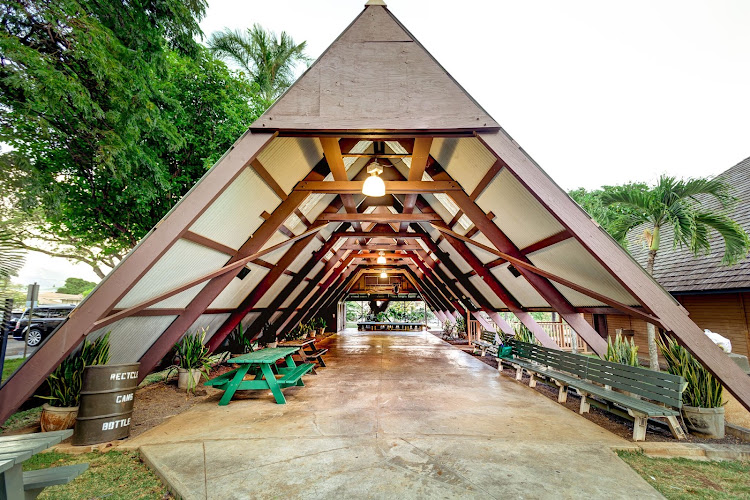
Where you stay in Hawaii affects your budget big time. Hotels run about $150-$400 per night. Fancy resorts can be $500 or more. Budget hotels exist but may not be as nice.
Vacation rentals are a great option, especially for families or groups. They often cost less than hotels and give you more space. Prices range from $100 to $800 per night. Staying outside tourist hotspots can save you cash.
Hostels are the cheapest choice, with dorm beds from $30-$50 a night. Perfect if you’re on a tight budget and don’t mind sharing space.
Transportation on the Islands

Getting around Hawaii adds up. Rental cars cost about $50-$100 per day. Book early for better rates. Remember to factor in gas and parking fees.
Public buses are cheap but slow. Fares are usually $2-$3 per ride. They’re good for short trips but not ideal for seeing the whole island.
Taxis and ride-shares like Uber can be pricey. A short ride might cost $15-$30. Use them sparingly to keep costs down.
Dining and Food Expenses
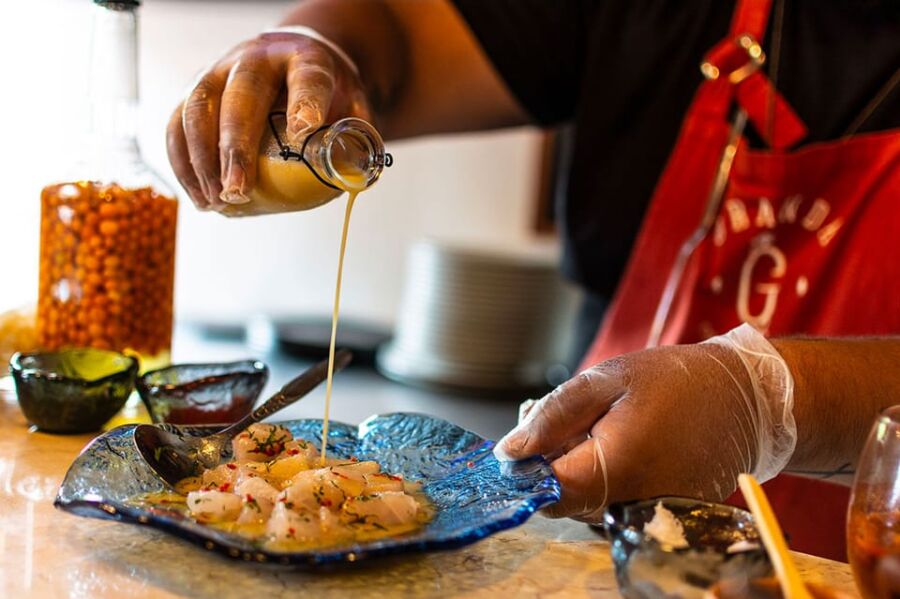
Food in Hawaii can be expensive. Expect to spend $40-$60 per person daily at restaurants. Fancy spots cost more, while local joints are cheaper.
Grocery shopping helps cut costs. Buy local fruits and snacks for easy meals. Many vacation rentals have kitchens, letting you cook and save.
Food trucks offer tasty, affordable options. A plate lunch might cost $10-$15. They’re great for trying local flavors without breaking the bank.
Activity and Excursion Costs
Fun in Hawaii comes at a price. Luaus run $100-$200 per person. Snorkeling trips cost $50-$150. Surfing lessons are about $100 for a group class.
Many beaches and hikes are free. Take advantage of these to save money. Some attractions offer discounts if you book online or go early.
National parks have entrance fees. Hawaii Volcanoes National Park costs $30 per car. It’s worth it for the amazing views and experiences.
Budgeting Your Hawaii Trip

Planning a trip to Hawaii can be exciting, but it’s important to keep costs in check. Let’s break down how to budget for your dream vacation and save some cash along the way.
Calculating Total Trip Expense
First, figure out your big-ticket items. Flights to Hawaii can range from $400 to $1000+ per person, depending on where you’re coming from. Hotels average around $300-500 per night, but you might find cheaper options.
Food is another major expense. Plan for about $50-100 per person each day for meals. Don’t forget to budget for activities! Popular tours can cost $100-200 per person.
Here’s a quick breakdown for a week-long trip for two:
- Flights: $1600
- Hotel: $2800
- Food: $1400
- Activities: $800
- Transportation: $400
Total: About $7000
Money-Saving Tips
You can trim your budget with some smart moves. Try visiting in the off-season (September to November) for cheaper flights and hotels. Look for vacation rentals instead of hotels – they’re often cheaper and have kitchens.
Cook some meals yourself to save on food costs. Many beaches and hikes are free, so mix in these activities with paid tours.
Consider island-hopping by ferry instead of flying between islands. It’s slower but can save you money.
Look for package deals that bundle flights, hotels, and car rentals. Sometimes these can offer big savings over booking everything separately.
Seasonal Considerations in Hawaii

Visiting Hawaii at different times of the year can really affect your trip costs. Prices change a lot between busy and quiet seasons. Here’s what you need to know about how timing impacts your Hawaii vacation budget.
Peak vs Off-Peak Season Pricing
Peak season in Hawaii runs from mid-December to mid-April, plus June to August. During these busy months, you’ll pay more for pretty much everything. Hotels can cost 50-100% more than in off-peak times. A room that’s $200/night in October might jump to $400 in January.
Flights get pricier too. You might pay $800 for a ticket from LA in July, but only $500 in September. Food and activities don’t change as much, but some tours raise prices a bit in peak months.
To save money, try visiting in April-May or September-November. These shoulder seasons have nice weather but lower prices. You could cut your trip cost by 30% or more compared to peak times. Just watch out for holiday weekends, when prices spike again.
Exploring the Hawaiian Islands

The Hawaiian Islands offer a diverse array of experiences for visitors. Each island has its own unique charm and attractions, from bustling cities to pristine beaches and volcanic landscapes.
Oahu’s Attractions
Oahu, known as “The Gathering Place,” is home to Hawaii’s capital, Honolulu. You’ll find a mix of urban excitement and natural beauty here. Waikiki Beach is a must-visit, with its golden sand and great surf spots. For history buffs, Pearl Harbor and the USS Arizona Memorial are powerful sites to explore.
Don’t miss the North Shore, famous for its big waves and laid-back vibe. You can watch pro surfers tackle massive swells in winter or snorkel in calm waters during summer. Hanauma Bay is perfect for swimming and spotting colorful fish.
For a taste of local culture, check out the Polynesian Cultural Center or hike up to Diamond Head crater for amazing views of the city and ocean.
Maui’s Charms
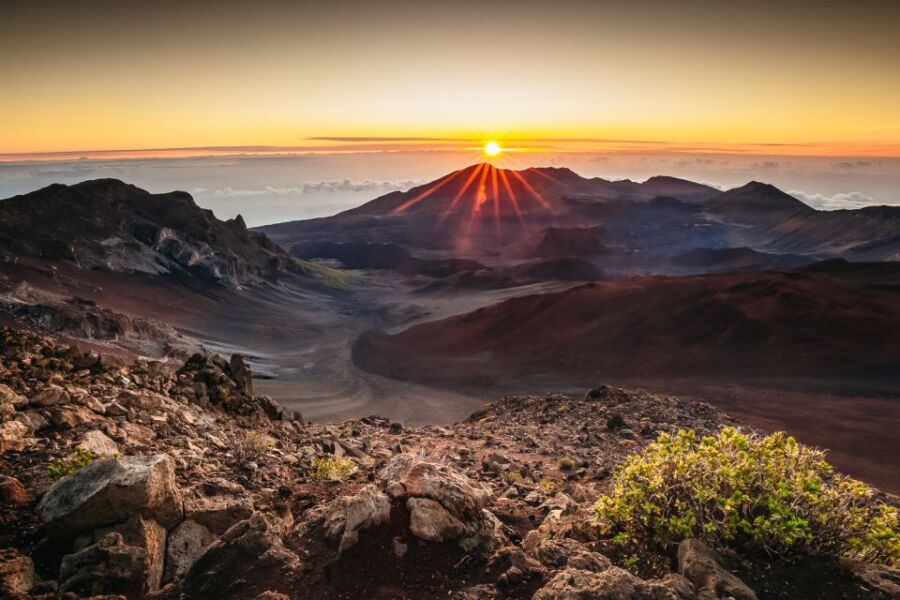
Maui, “The Valley Isle,” is a favorite for many travelers. The Road to Hana is a must-do drive, with waterfalls, black sand beaches, and lush rainforests along the way. You can book guided tours if you’d rather not navigate the winding road yourself.
Watching the sunrise from the top of Haleakala volcano is an unforgettable experience. Bundle up – it’s chilly up there! For beach time, head to Kaanapali or Wailea. These areas have great resorts and gorgeous stretches of sand.
Whale watching is popular from December to May. You might spot humpbacks breaching right from the shore. Lahaina town offers a glimpse into Maui’s whaling history and has fun shops and restaurants to explore.
Big Island Adventures
The Big Island, or Hawaii Island, is a land of contrasts. You can see active volcanoes, black sand beaches, and even snow-capped mountains here. Hawaii Volcanoes National Park is the star attraction, where you can witness the raw power of nature.
For a unique experience, visit Punalu’u Black Sand Beach. You might spot sea turtles basking on the shore. The Mauna Kea observatories offer incredible stargazing opportunities on clear nights.
Coffee lovers shouldn’t miss a tour of the Kona coffee farms. You can sample some of the world’s best brews right where they’re grown. The island also boasts beautiful waterfalls like Akaka Falls and Rainbow Falls.
Kauai’s Natural Wonders
Kauai, “The Garden Isle,” is a nature lover’s paradise. The Na Pali Coast is its crown jewel, with dramatic cliffs plunging into the sea. You can hike part of it on the Kalalau Trail or take a boat tour for stunning views.
Waimea Canyon, often called the “Grand Canyon of the Pacific,” offers breathtaking vistas. The Wailua River is great for kayaking, with hidden waterfalls to discover. Poipu Beach is perfect for swimming and snorkeling.
Don’t forget to check out activities like zip-lining through the jungle or taking a helicopter tour to see the island’s beauty from above. Kauai’s laid-back vibe and lush landscapes make it a favorite for those seeking relaxation and adventure.
Practical Advice for Hawaii Travelers
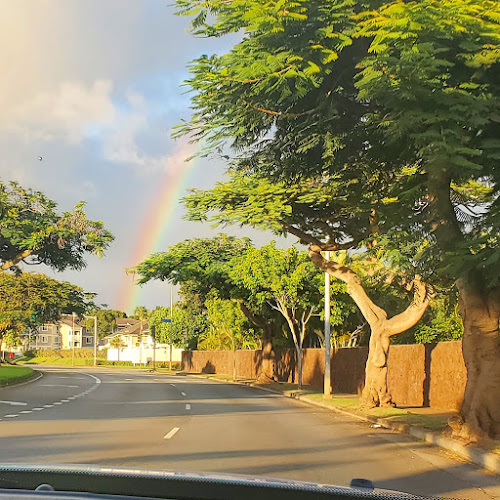
Planning your Hawaii trip smartly can save you big bucks. Here are some key tips to keep your costs down while still having an amazing time in paradise.
Renting a Car vs Public Transportation
Renting a car gives you freedom to explore, but it can be pricey. A week-long rental typically costs $300-500. You’ll also need to factor in parking fees and gas. Public transit is cheaper, with bus fares around $2.75 per ride on Oahu.
But buses can be slow and don’t reach everywhere. Uber and Lyft are available on the main islands. They’re pricier than buses but more convenient. If you plan to stick mostly to one area, skip the rental car. But if you want to see a lot, compare rental rates to find deals.
Understanding Hawaii Tourism Authority Resources
The Hawaii Tourism Authority website is a goldmine of free info. You’ll find island guides, event calendars, and travel tips. They offer advice on everything from beaches to cultural activities.
Check out their “Malama Hawaii” program. It connects you with volunteer opportunities that give back to the islands. Some hotels even offer discounts if you participate. The site also has updates on any travel restrictions or safety info. Bookmark their page before your trip – it’s super useful for last-minute planning and ideas once you arrive.



